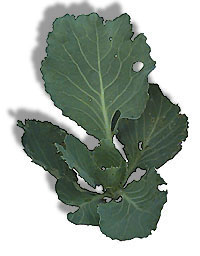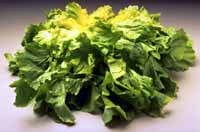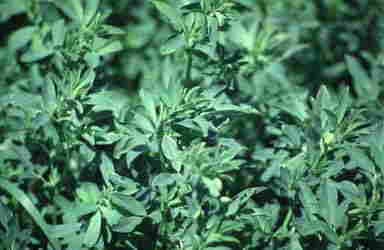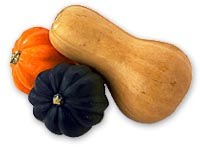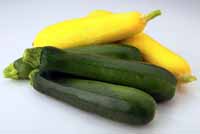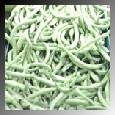
Melissa
Kaplan's
Herp Care Collection
Last updated
January 1, 2014
MK Salad: An Illustrated Reference
Melissa Kaplan, 2000
The following is a quick illustrated reference to the main ingredients of my iguana salad, known around the internet as the "MK Salad." Place your cursor over the picture to read the caption. A few of the pictures are linked to other websites where you will find more information - the caption will indicate which these are.
|
Collard Greens |
Mustard Greens
|
|
Chards |
Dandelion
|
|
Escarole
(Endive)
|
Alfalfa |
|
Parsnips |
Sweet Potato
|
|
Winter Squash |
Summer Squash
|
|
Green beans |
Assorted Fruits |
Aren't sure what how small the hard veggies need to be when fed to your iguana? See What Size Is It?
Since foods are called by different names in different languages, I have created a Vegetable and Fruit Names page so that you may look up a food and see what it might be known by in your country. Since manufactured product names vary from country to country as well, I have started a Product Names page to help make things a bit easier.
Some excellent places to find photos of other vegetables, greens, fruits and herbs are the many plant and seed company online and print catalogs, in your local plant nursery or garden supply shop, and in books in the public library and bood stores. Some of my favorite plant and plant information websites on the web are:
| Photos and
descriptions: Burpee Seed Company Oregon State University: Plant Foods Park Seed Online Shephard Seeds Territorial Seed Company |
Nutrient and
other information databases: Harmful & Edible Plants Plants for a Future Database Phytochemical and Ethnobotanical Database Nutrient Databases |
